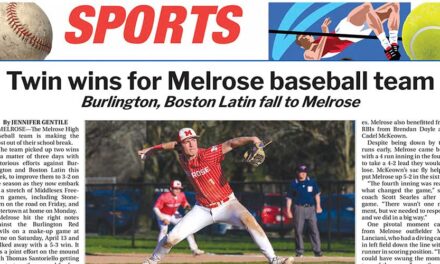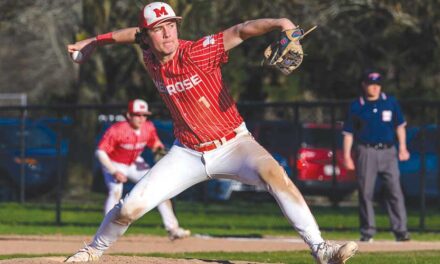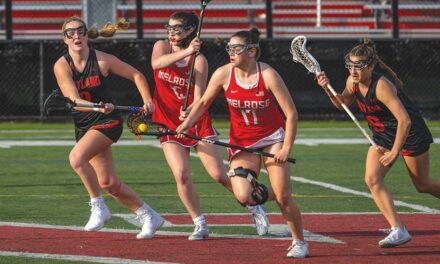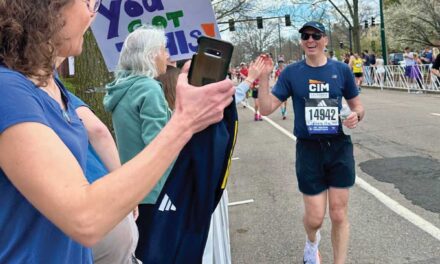Hoop, football & hockey cleared to play
Published November 13, 2020
By JENNIFER GENTILE
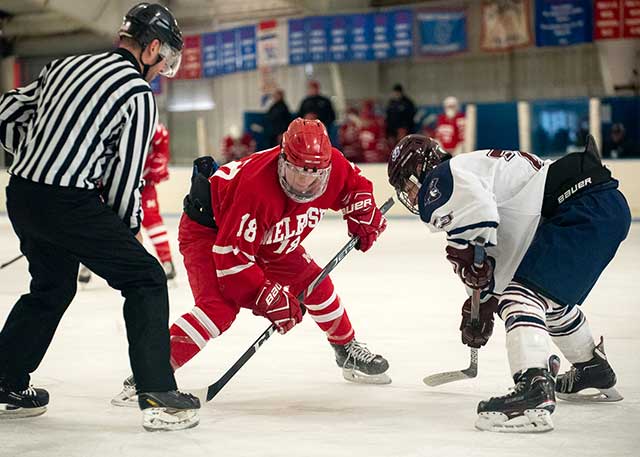
MELROSE—Winter high school sports can take place thanks to guidelines released on Nov. 9 by the Executive Office of Energy and Environmental Affairs (EEA), the body that governs K-12, youth and adult amateur athletics. The guidelines pave the way for winter sports, including basketball and hockey—but not wrestling—to compete throughout the winter varsity season if they follow soon-to-be-released safety modifications to the games.
Similar to the EEA’s fall guidelines, sports have been designated in a lower, medium and high-risk category. The EEA has redefined what kind of contact is allowed for competitive play in high-risk sports. Sports that have sustained or lasting contact (such as wrestling or competitive cheer) can’t be allowed to compete but are open to practice, while “intermittent close proximity or moderate contact” (hockey, basketball) will be allowed if strict safety protocols are followed.
Overall, the sports allowed to compete this winter include basketball, ice hockey, swimming, track and field, and gymnastics. Such as this fall, it’s expected that Melrose will compete in only league (Freedom) games. There will be no tournaments and no out of state competition.
The designations look like this:
Lower Risk sports: Tennis, pickleball, swimming, catch, disc golf, golf, individual biking, surfing, horseback riding, individual sailing, fishing, hunting, motor sports, no contact exercise classes, gymnastics, cross country, individual crew, alpine and nordic skiing.
Moderate Risk sports: Baseball, softball, crew, sailing, outdoor track and field, indoor track and field, running clubs, team swimming, volleyball, dance class, fencing, field hockey, girls’ lacrosse, soccer.
Higher Risk sports: Football, wrestling, rugby, basketball, lacrosse, ice hockey, competitive cheer, martial arts, ultimate frisbee, boxing, pair figure skating.
And while the allowances have athletes and coaches elated, there are many considerations and conditions to take into account.
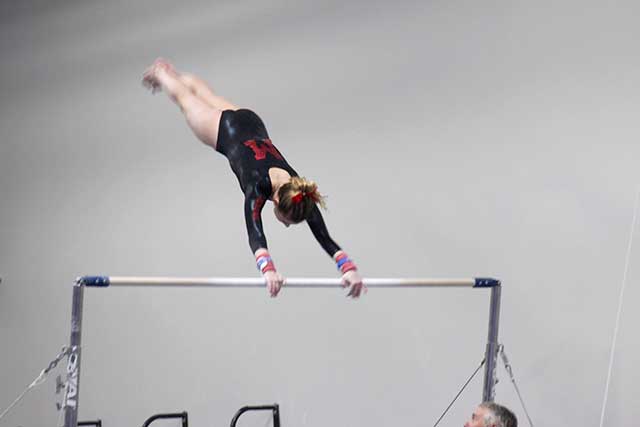
1) Space might be a problem, particularly pools. Local YMCAs and Boys and Girls Clubs are reportedly not renting out pools for the foreseeable future. Schools that are lucky to have their own pools will be in a better position than those who don’t, like Melrose. That’s bad news for boy’s swim.
2) Indoor track faces “hurdles” with space too. Universities and The Reggie Lewis Center are also not renting space, and indoor track is known for meets that draw crowds of hundreds. There is a much greater likelihood that communities with no field houses will postpone their season to the outdoor spring season.
3) Virtual meets could be a thing. Expect gymnastics to consider using this method. How it would work: placing two coaches in two different locations. One judge watches Melrose compete their rotations. One judge watches Wakefield compete their rotations. The results are tabulated in a computer. A winner is announced. This is also possible in the sport of swim. This also drastically reduces concerns about the number of athletes in a gymnasium at one time.
4) Middlesex League officials, including Superintendents, could make this harder than it needs to be. Some schools might cite transportation and space issues or concerns about visiting population. This prompted many schools and leagues (like Middlesex) to push volleyball to Fall2 last August. They weren’t ready to open their gyms. That’s a hurdle they are expected to have to jump over. Otherwise, you’ll see continued inequity of leagues in Massachusetts playing indoor high school sports to the frustrations of players, coaches and fans alike.
5) Fan attendance might be limited or not allowed. There is a chance that basketball will have no spectators at all, and hockey likely allowed one parent/guardian per player, similar to how outdoor fall attendance was lined up. This will become clearer in the coming weeks.
Football players have a reason to smile. These guidelines also seem to clear the path for football to be played in March. Despite the sport being designated high-risk, football is an outdoor sport, which has been played safely and effectively in Massachusetts. Football, like hockey, has physical contact that is considered by the EEA as intermittent. Coach Morris’ team is slated to begin in the Fall2 season around Feb 29 all the way through late April. (is anyone else thinking a St. Patrick’s Day Melrose/Wakefield football game?)
What’s next: An array of sport-specific modifications by the MIAA (Massachusetts Interscholastic Athletic Association) Sports Committee will soon be released, which will spell out how games can be played safely. Will it forbid checking in hockey? Rebounding and tip-offs in hoop? That remains to be seen, but absolutely every athlete besides swimmers will be wearing masks. These specific modifications will be presented to the MIAA Sports Medicine Committee and approved by the MIAA COVID-19 Task Force and the MIAA Board of Directors in quick turn. Earlier this fall, these steps took about a week before the MIAA officially cleared sports to play on August 19. Meaning, Melrose should know what their winter season will look like around next week. Melrose Athletic Director Steve Fogarty indicates that schedules will be created among ML officials in the coming days. Expect the schedule to parrot the fall high school schedule: Middlesex Freedom League games only and back-to-back contests between two opposing teams for contact tracing purposes. Teams should expect to play around 10 games this season.
For the hundreds of Melrose student-athletes for whom this decision affects, this is some of the best news they could have in this strange new school year, particularly for seniors.
A huge factor to consider is that Melrose has done an exceptional job of competing this fall without an interruption to the schedule, while communities such as Wilmington, Wakefield and Reading have had to pause play for COVID-related concerns. That’s certainly something that Middlesex League administrators, principals and athletic directors will discuss this week as they go about creating a schedule. But here in Melrose, there is an expectation that the healthy and successful fall season will translate into a safe winter season, too.
Right now, winter sports are scheduled to begin on Nov 30 and end on Feb. 31. A 1-2 week delay to the season is widely expected by the MIAA. Registration for winter sports has not been opened yet. Stay tuned.

